Un afectuoso saludo a toda la comunidad de Foodies Bee Hive. Para nuestra cena de fin de año, este año preparamos un Pasticho, o lo que, en quizá el resto del mundo, es conocido como lasaña, específicamente una lasaña boloñesa, que sería lo que tradicionalmente se estila llamar pasticho, aunque de acuerdo a cada región o familia, puede llevar variantes que en ocasiones la distancian mucho del plato italiano original.
En nuestro caso, salvo la variedad de quesos que usamos, que generalmente está más relacionado con los que tengamos disponibles, que, con una receta en sí, no nos distanciamos mucho del clásico pasticho a la boloñesa o lasaña a la boloñesa.
Warm greetings to the entire Foodies Bee Hive community. For our New Year's Eve dinner, this year we prepared a Pasticho, or what, in perhaps the rest of the world, is known as lasagna, specifically a Bolognese lasagna, which would be what is traditionally called pasticho, although according to each region or family, it may have variations that sometimes distance it far from the original Italian dish.
In our case, except for the variety of cheeses we use, which is generally more related to the cheeses we have available, than to a recipe itself, we do not differ much from the classic pasticho Bolognese or lasagna Bolognese.
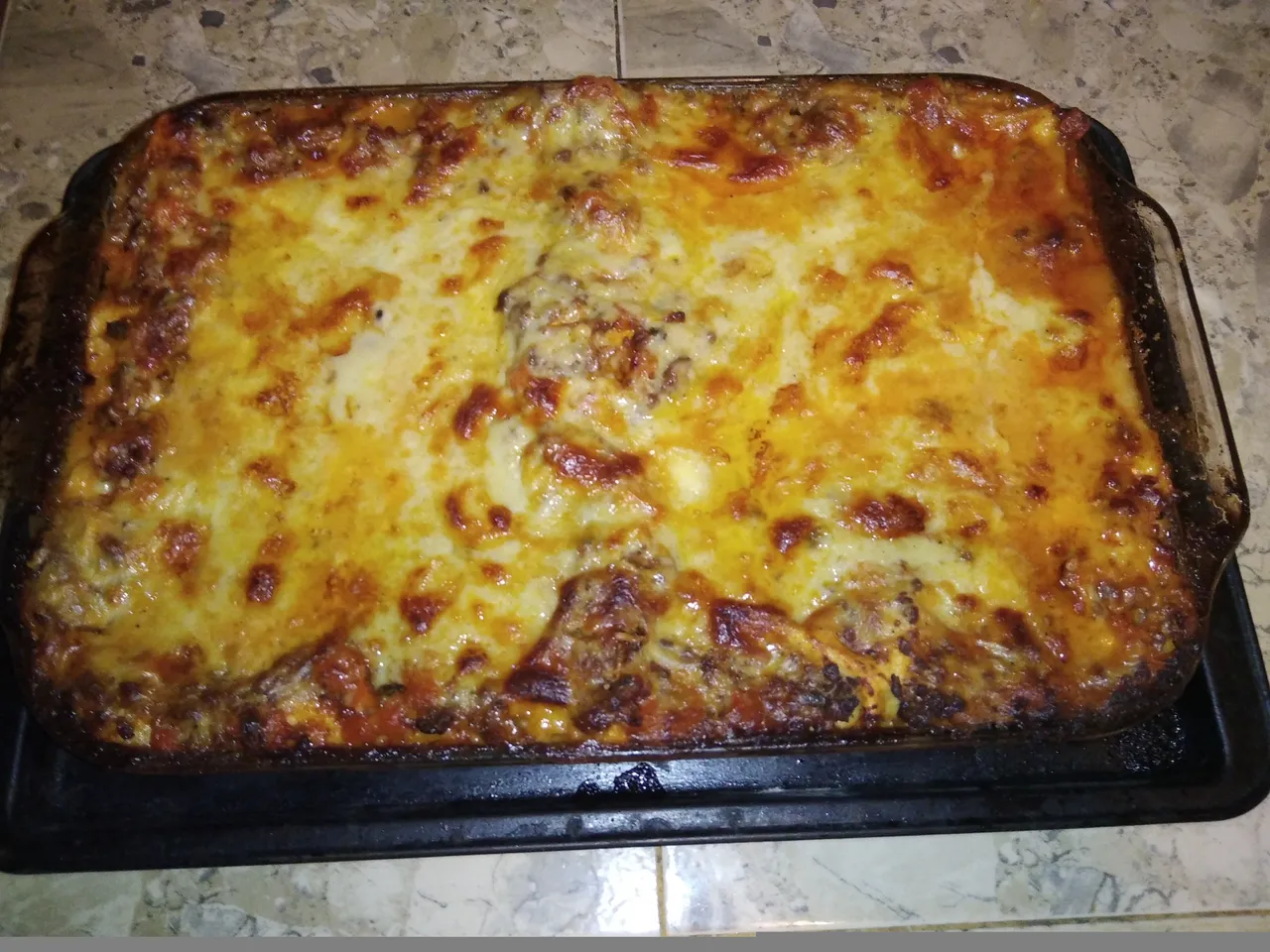

Ingredientes
Para la Bechamel
- 500 ml de leche
- 100 gr de mantequilla o margarina
- 50 gr de harina de trigo
- Sal, pimienta y nuez moscada al gusto.
Para la Boloñesa
- 500 gr de carne molida de res
- 1 taza de zanahorias cortadas en cubos pequeños
- 1 taza de cebollas cortadas en cubos pequeños
- 1 ajo porro cortado en cubos pequeños
- 1 manojo de perejil cortado pequeño
- 1 taza de pure de tomate
- 2 cucharadas de pasta concentrado de tomate
- 150 ml de vino tinto
- 1 cucharadita de ajo en polvo
- 1 cucharadita de pimentón ahumado en polvo
- Aceite
- Sal, pimienta y sazonador al gusto.
Para la pasta
- 1 o 2 paquetes de 250gr de pasta de pasticho o lasaña
- 300 gr de queso mozarela rallado o en cubos
- 200 gr de queso gouda rallado
- 100 gr de queso parmesano
Ingredients
For the Bechamel sauce
- 500 ml milk
- 100 gr butter or margarine
- 50 gr of wheat flour
- Salt, pepper and nutmeg to taste.
For the Bolognese
- 500 gr ground beef
- 1 cup of carrots cut in small cubes
- 1 cup of onions cut in small cubes
- 1 leek garlic cut into small cubes
- 1 bunch parsley, chopped small
- 1 cup tomato puree
- 2 tablespoons tomato paste concentrate
- 150 ml red wine
- 1 teaspoon garlic powder
- 1 teaspoon of smoked paprika powder
- Oil, salt, pepper and seasoning
- Salt, pepper and seasoning to taste.
For the pasta
- 1 or 2 packages of 250gr of pasticho or lasagna pasta
- 300gr of grated or cubed mozzarella cheese
- 200 gr of grated gouda cheese
- 100 gr Parmesan cheese

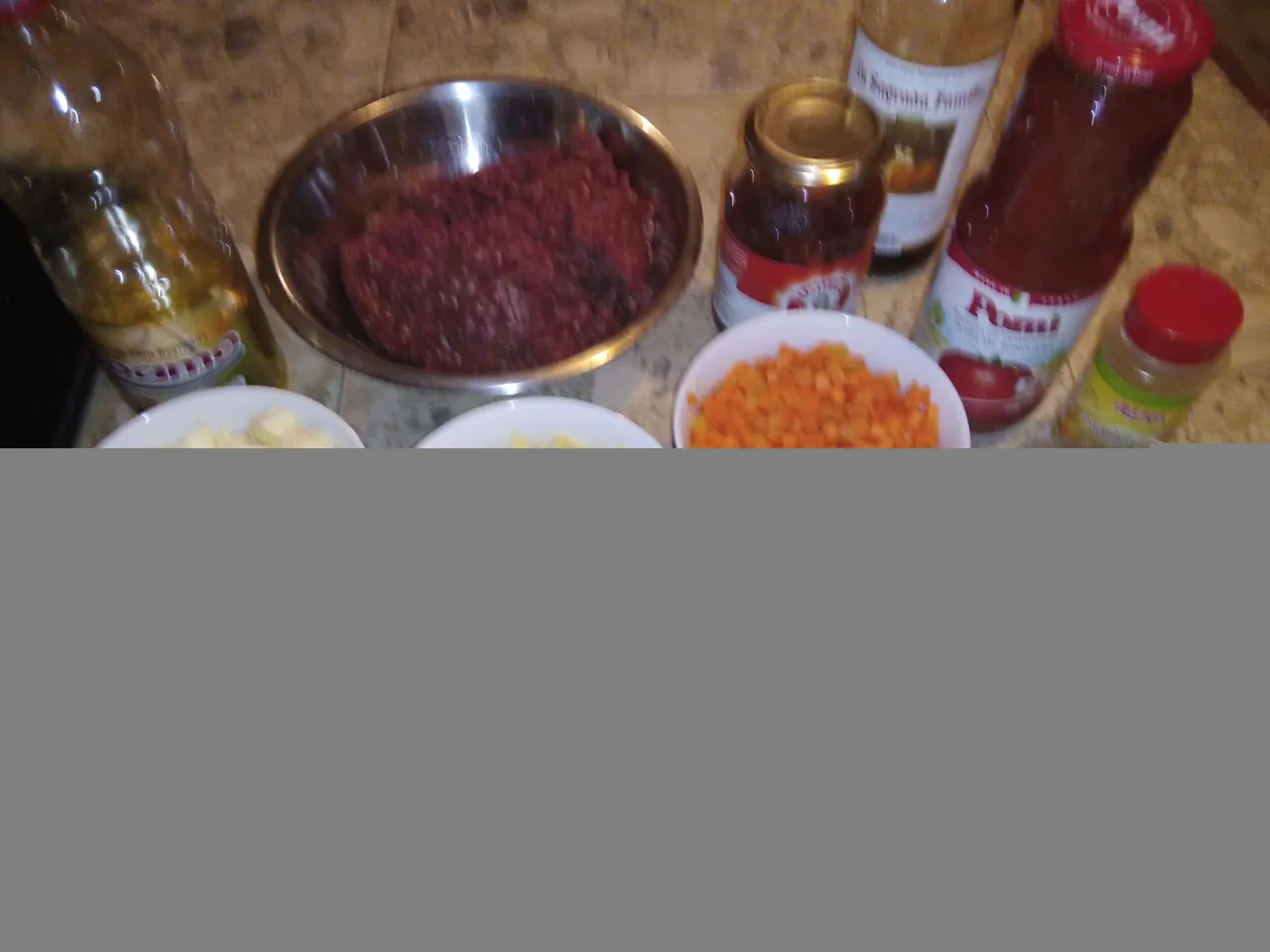


Paso 1
Salsa Bechamel
En una cacerola colocaremos la mantequilla o margarina y llevaremos al fuego, cuando se haya fundido por completo agregaremos la harina y mezclaremos con un batidor de globo para formar una pasta que seguiremos cociendo hasta que tome un color ligeramente amarronado, lo que indicará que la harina se habrá cocido, entonces agregaremos, de a poco, la leche, mientras continuamos agitando con el globo batidor, para deshacer los grumos que se formen, la dejaremos cocer, sin dejar de remover, hasta que haya engrosado. Condimentaremos con sal, pimienta y una pizca de nuez moscada. Dejaremos reposar tapada, hasta necesitarla.
Step 1
Bechamel Sauce
In a saucepan place the butter or margarine and bring to the fire, when it has melted completely add the flour and mix with a balloon whisk to form a paste that will continue cooking until it takes a slightly brownish color, indicating that the flour is cooked, then add, little by little, the milk, while continuing to stir with the balloon whisk, to break up the lumps that form, let it cook, stirring constantly, until it has thickened. Season with salt, pepper and a pinch of nutmeg. Let it stand covered until it is needed.


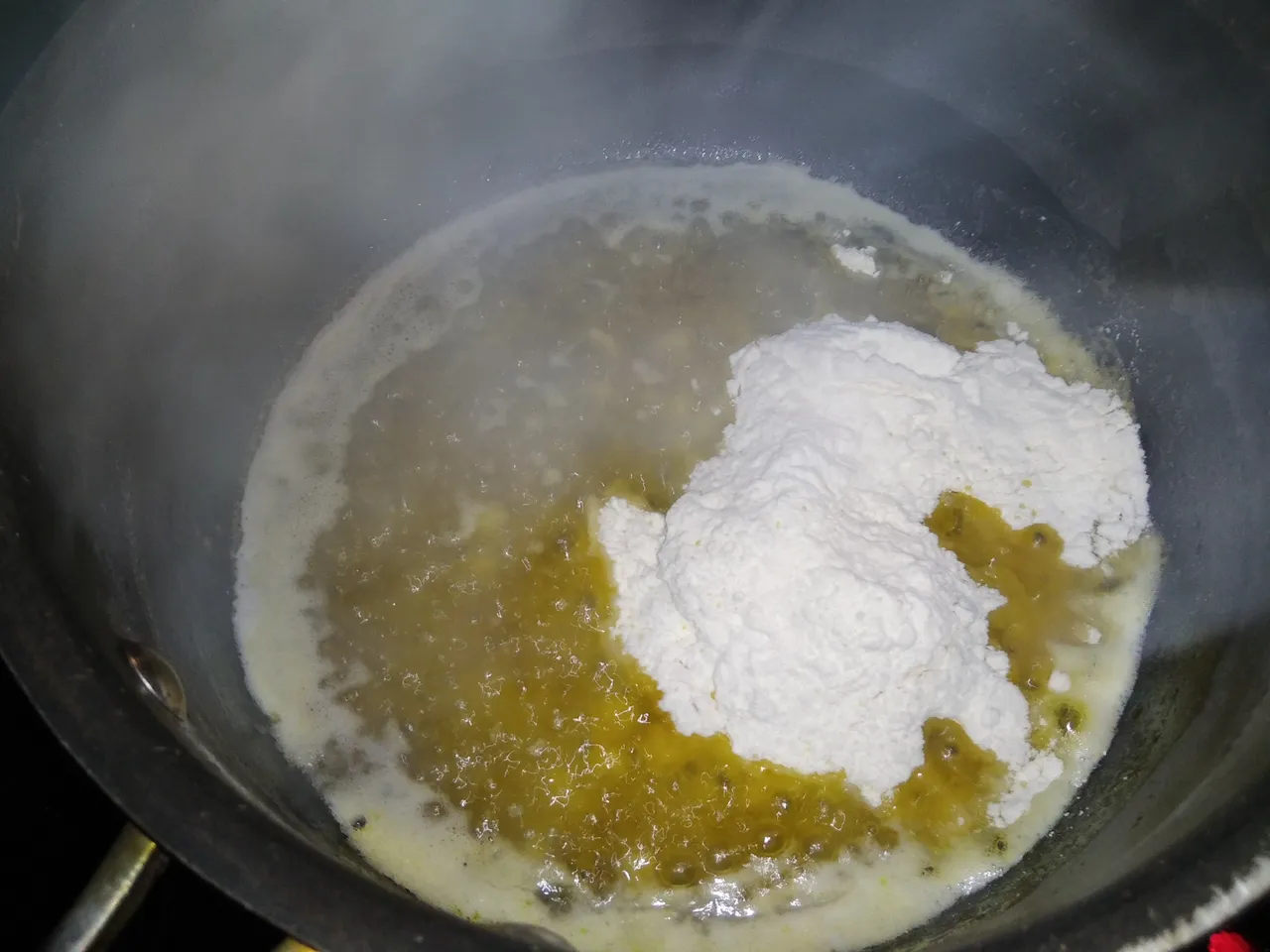
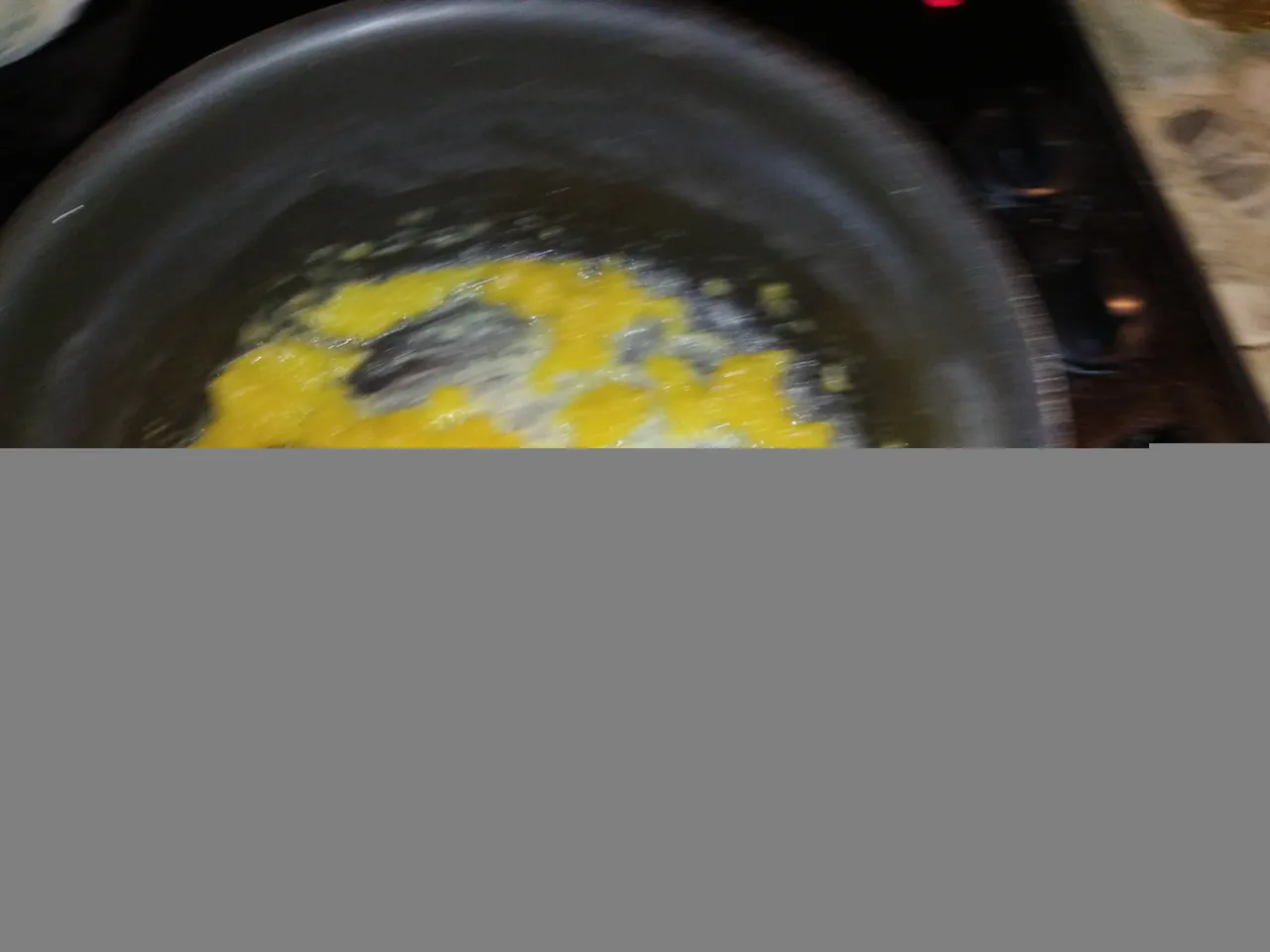
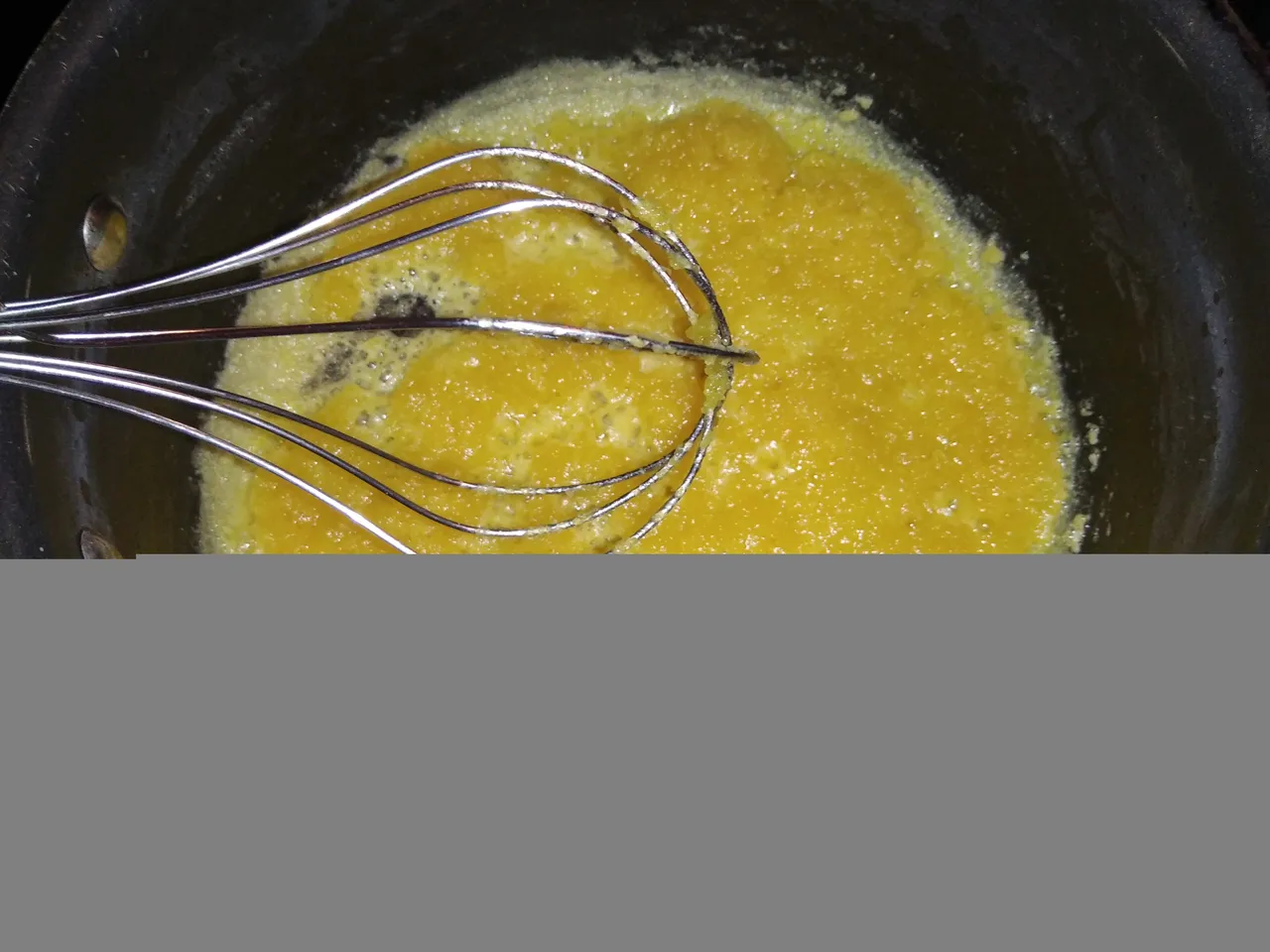
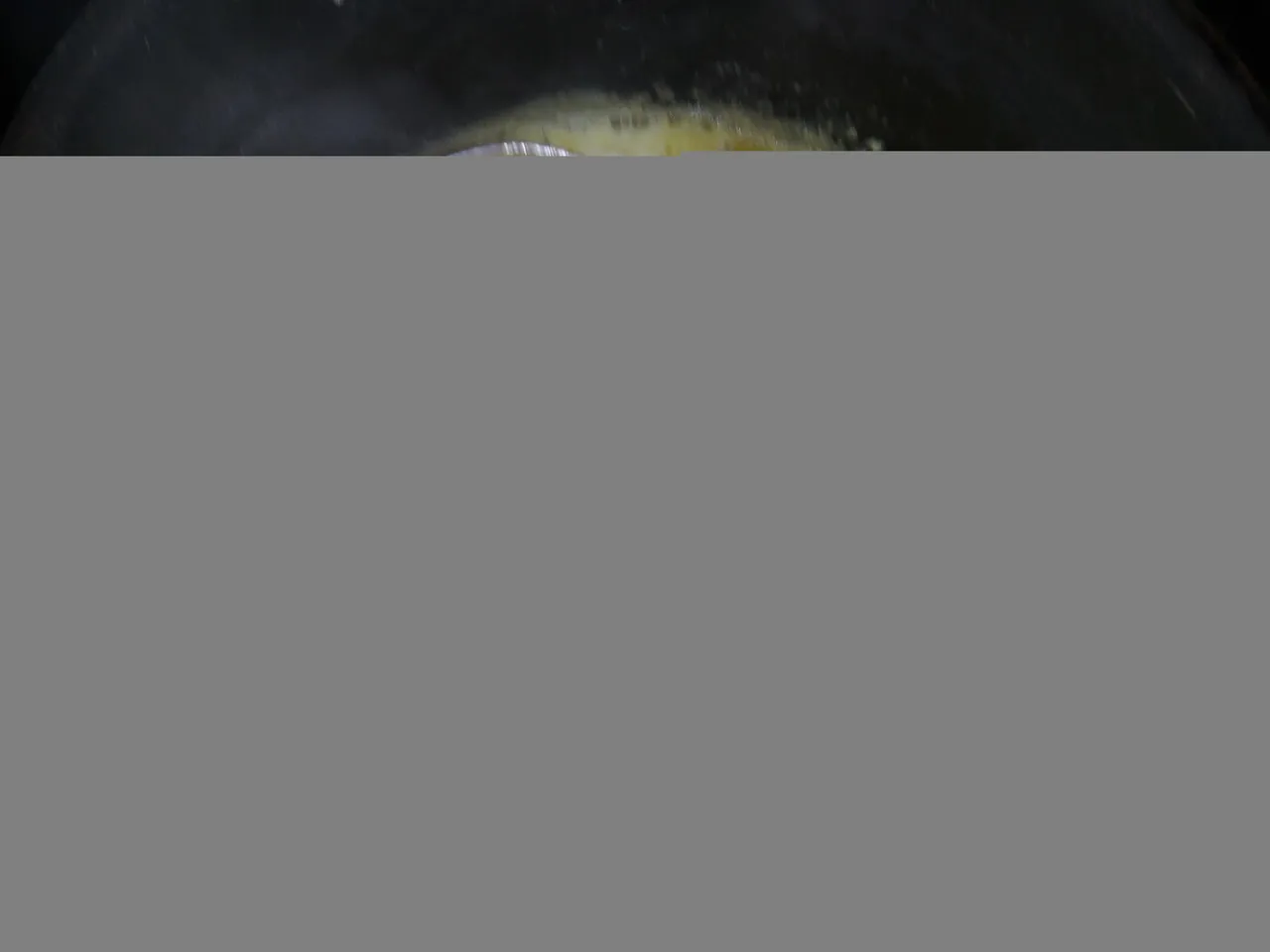
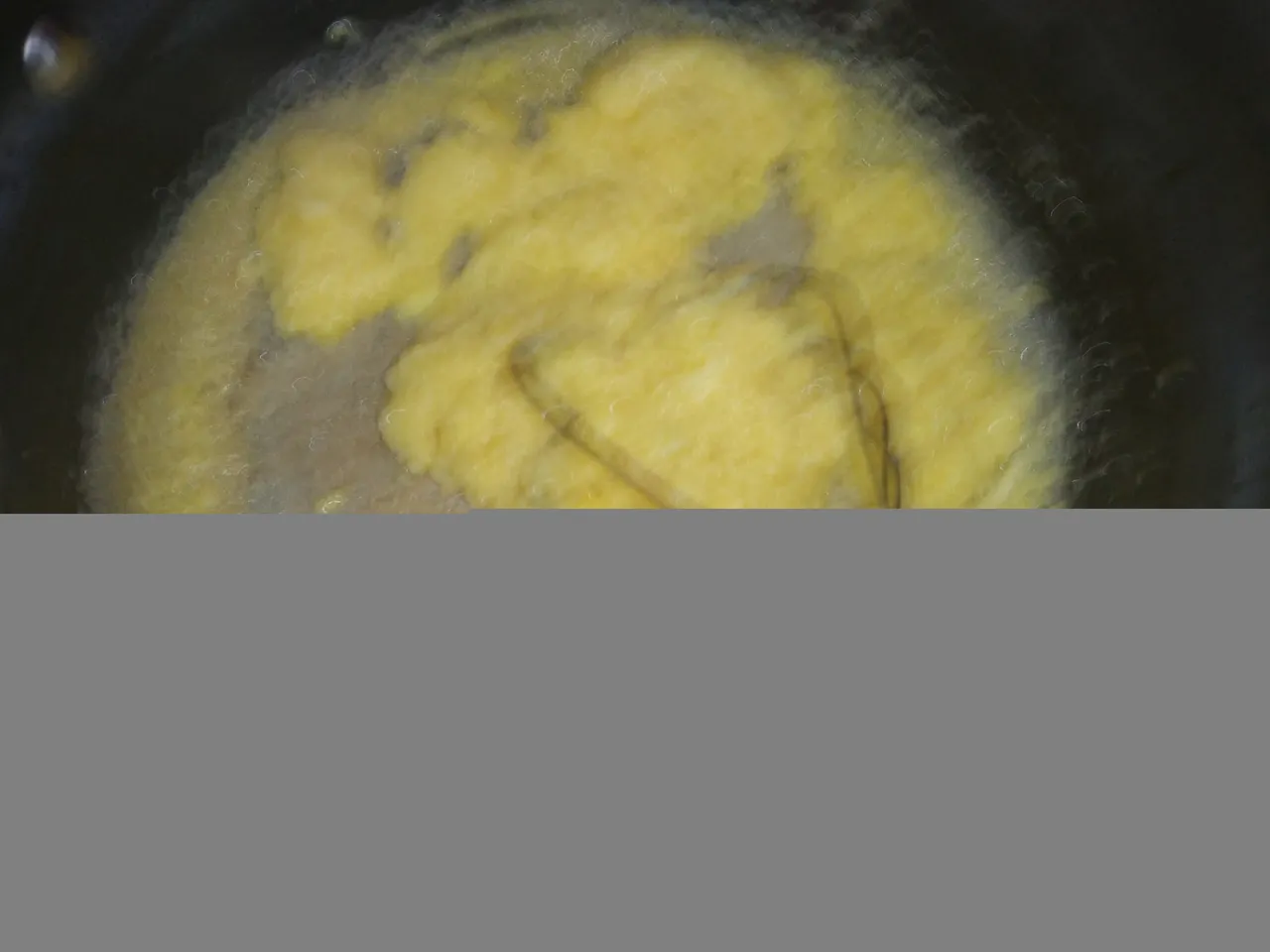
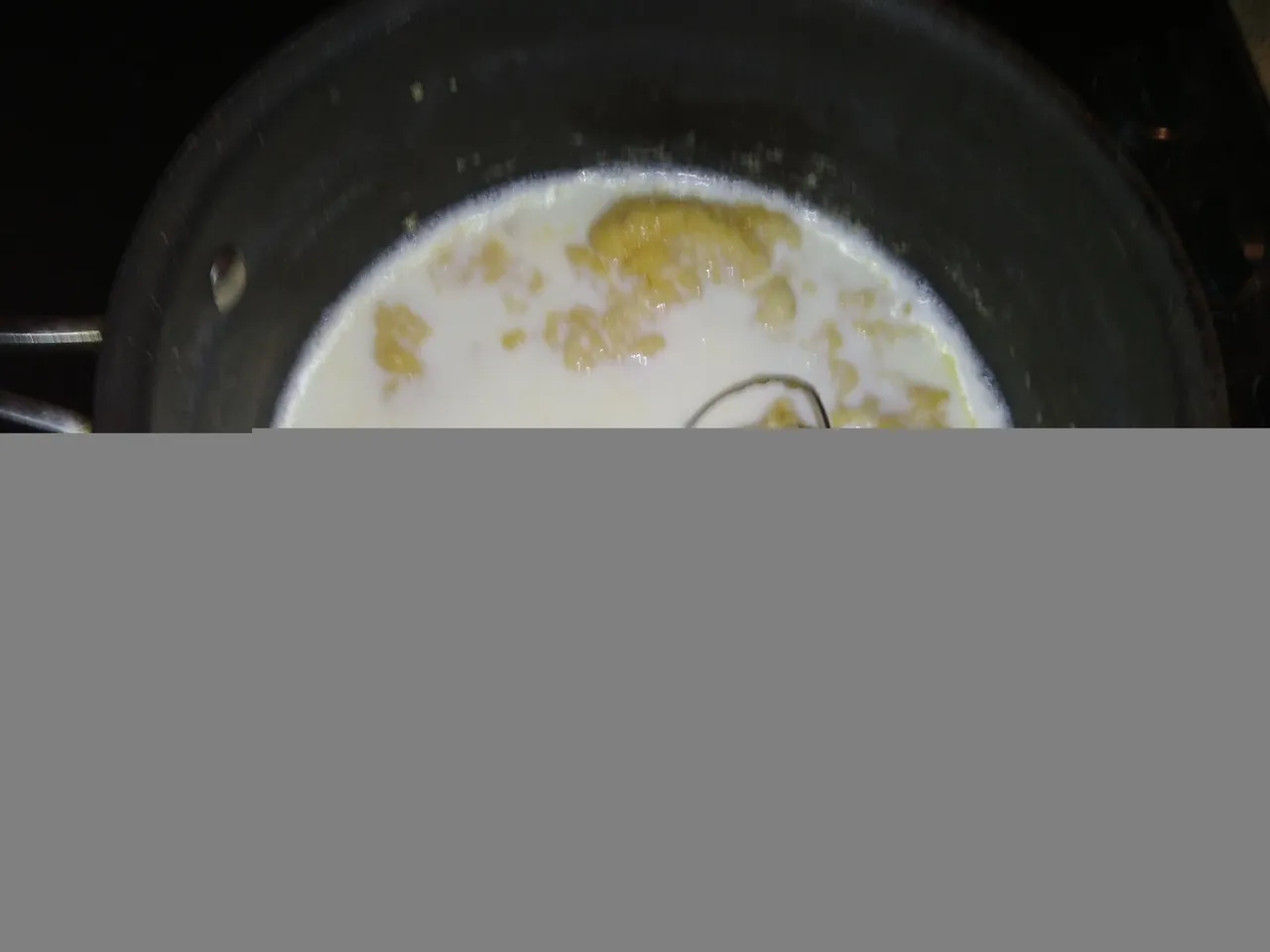

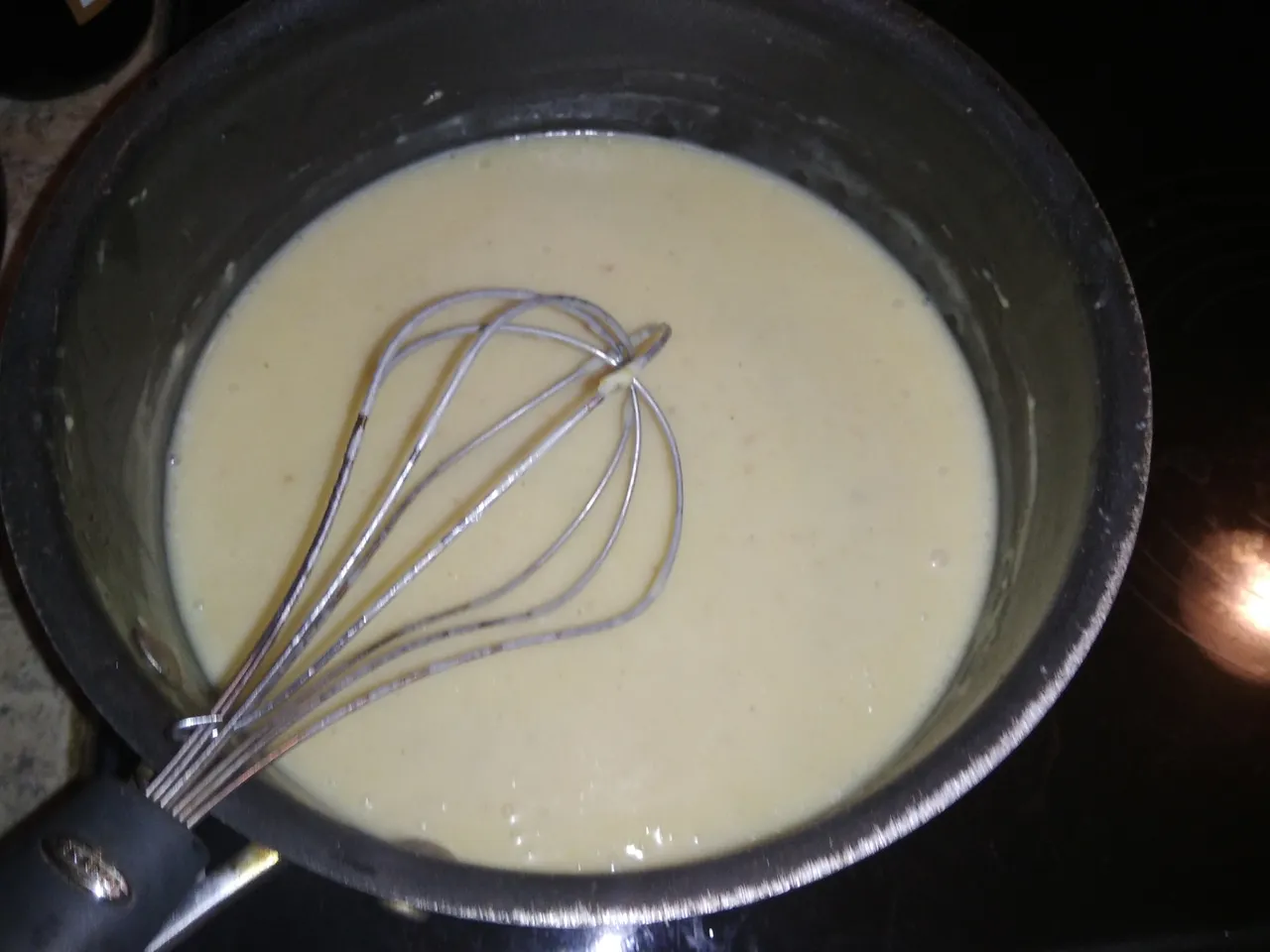

Paso 2
Salsa Boloñesa
En una cacerola saltearemos con un poco de aceite, la carne molida, zanahoria, cebolla, ajo porro, y perejil, condimentaremos con sal, pimienta, sazonador, ajo y pimentón ahumado en polvo.
Cuando la carne haya dorado un poco agregaremos el vino y haremos desglase del fondo, al evaporar el alcohol añadiremos el pure de tomate y el concentrado de tomate, revolveremos y agregaremos una taza de agua o caldo de pollo. Dejaremos cocer hasta que reduzca el líquido y haya espesado un poco.
Al igual que con la bechamel, dejaremos reposar antes de montar el pasticho.
Step 2
Bolognese sauce
In a saucepan sauté with a little oil, ground beef, carrots, onion, garlic and parsley, season with salt, pepper, seasoning, garlic and smoked paprika powder.
When the meat has browned a little add the wine and deglaze the bottom, when the alcohol evaporates add the tomato puree and tomato concentrate, stir and add a cup of water or chicken broth. Let it cook until the liquid is reduced and it has thickened a little.
As with the béchamel sauce, let it rest before assembling the pasticho.

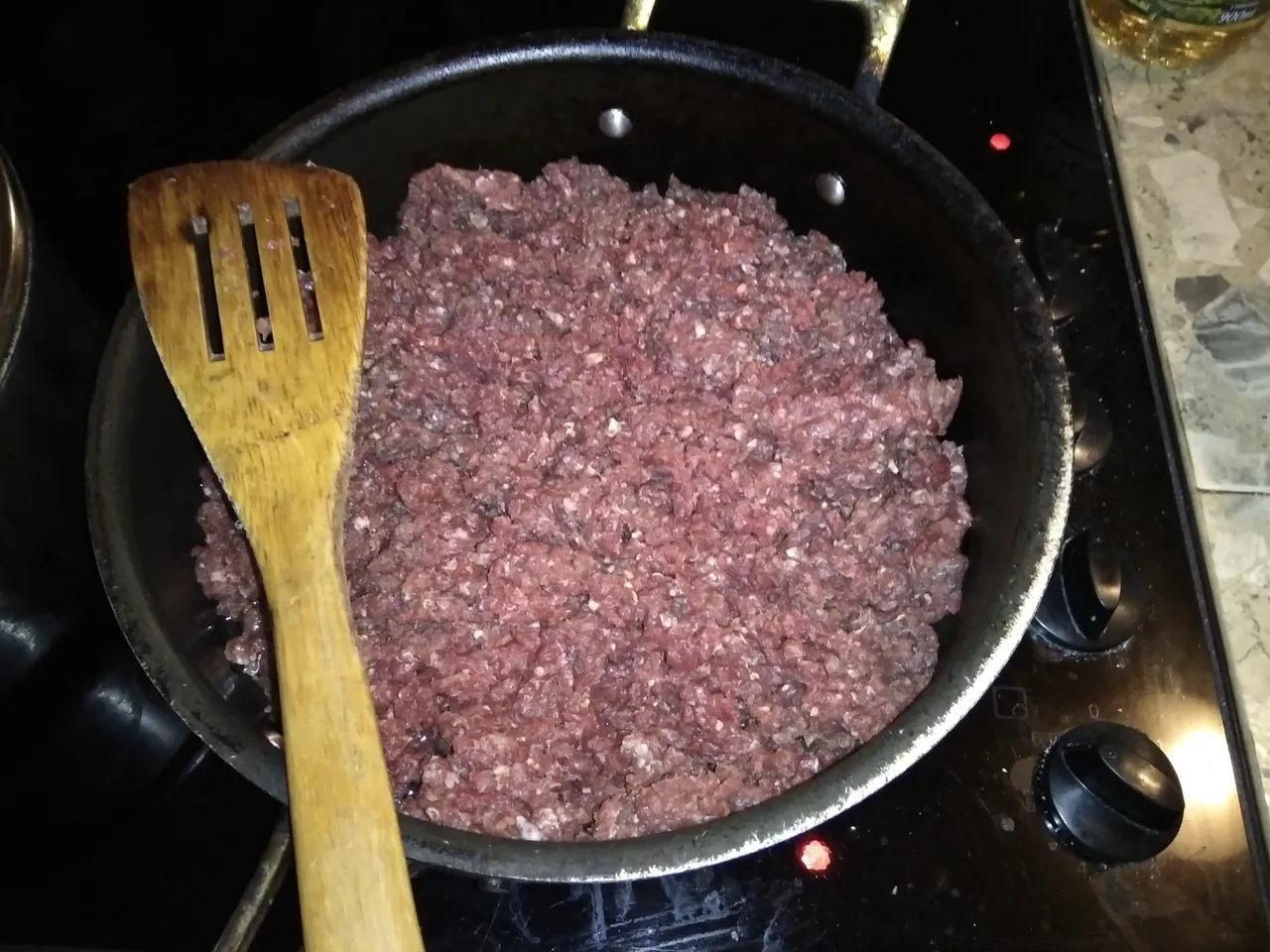
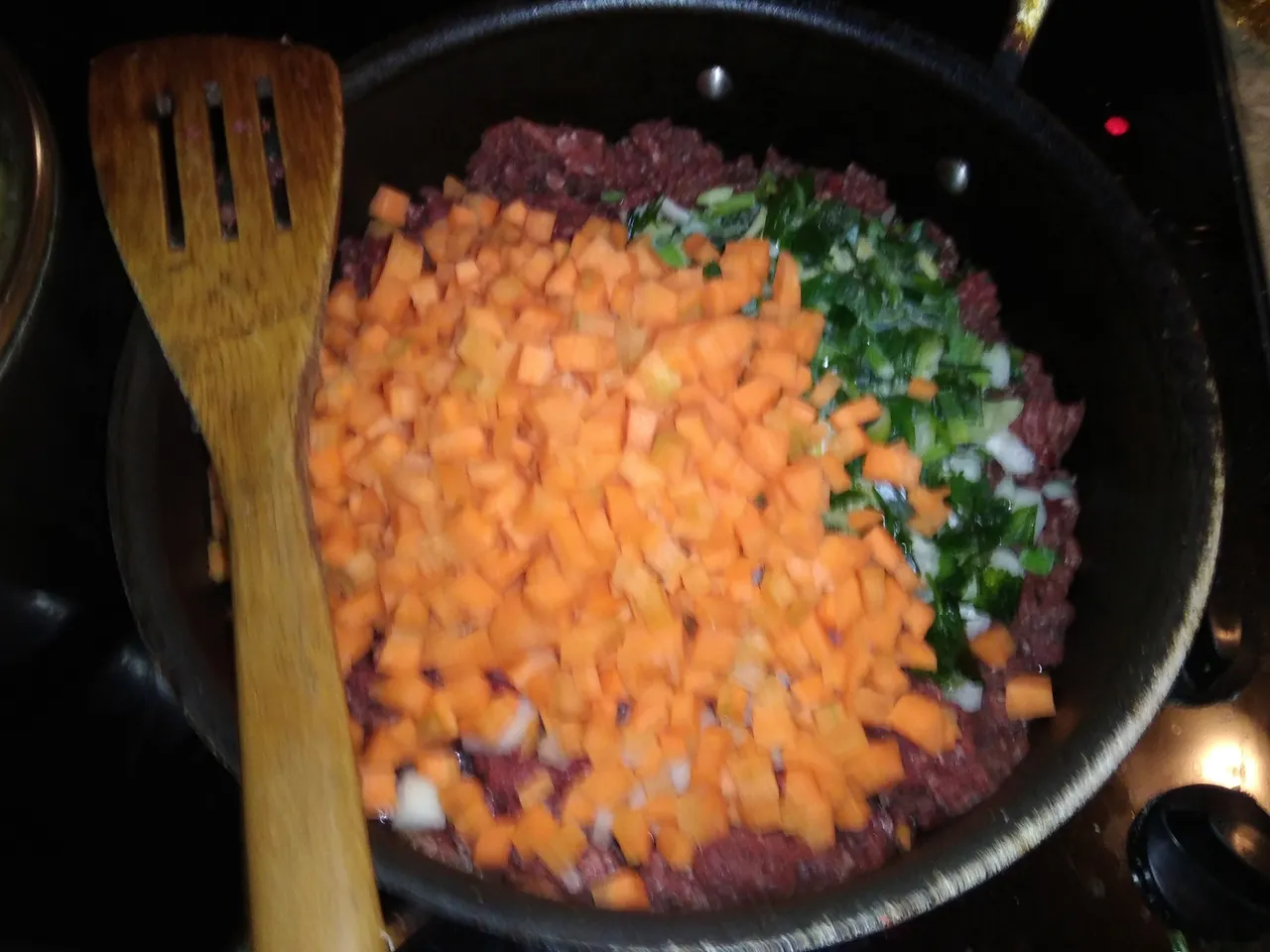
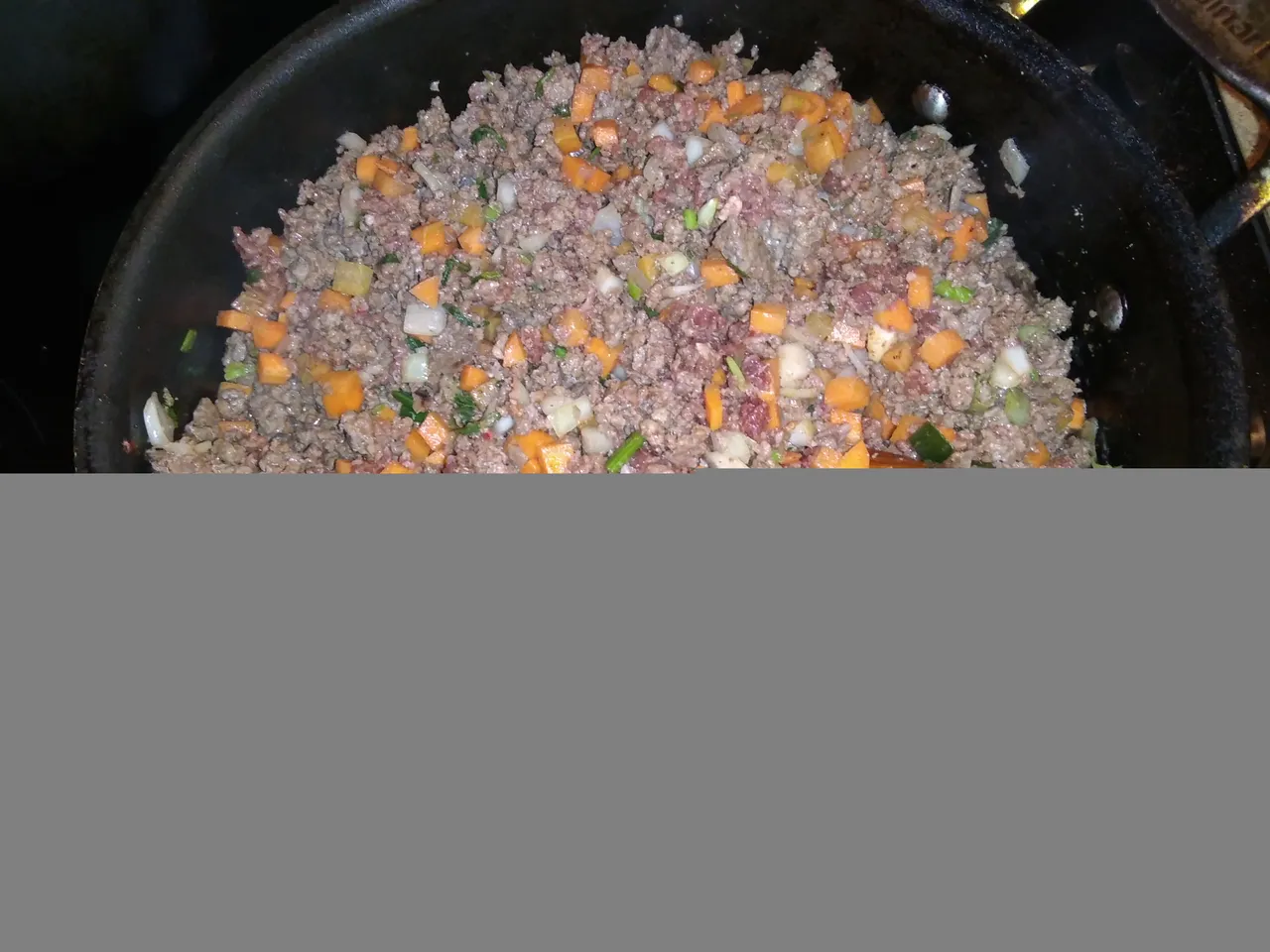

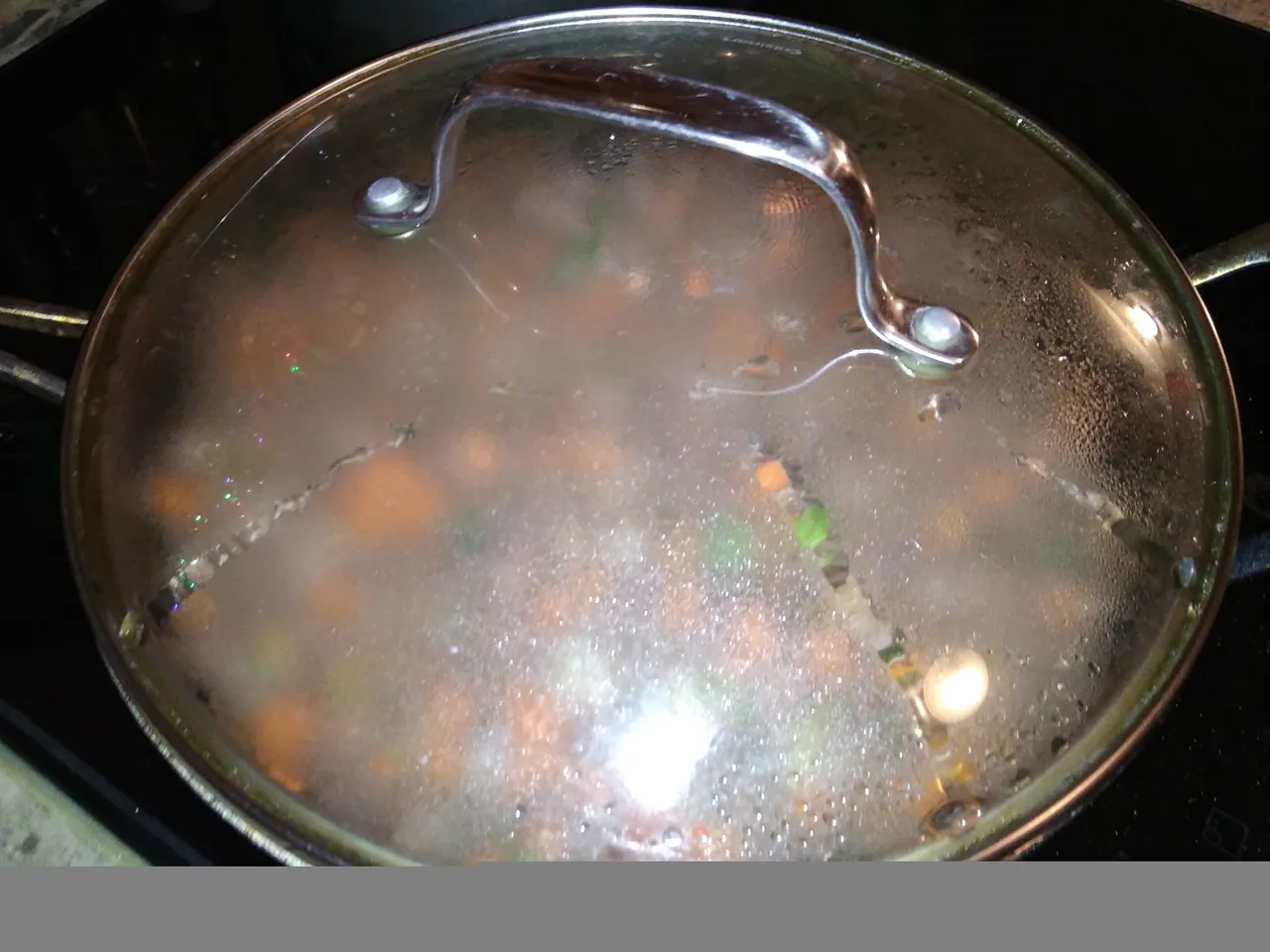



Paso 3
Montaje del Pasticho
En la bandeja de montaje, opcionalmente podemos untar un poco de margarina o mantequilla en el fondo, agregaremos una o dos cucharadas de bechamel y extenderemos por todo el fondo y luego cubriremos con una capa de pasta; en mi caso usé un tipo de pasta que es directo al horno, con la que sólo hay que procurar darle suficiente tiempo de horneado y una buena cantidad de líquido, proveniente de las salsas. De acuerdo al tipo de pasta que usen pueden requerir cocinarlas antes de armar el pasticho, o de usar pasta fresca, sólo montarlo y llevarlo a hornear.
Después de la capa de pasta, colocaremos una capa de salsa boloñesa, seguida de una de mozarela y gouda y terminaremos con una capa de bechamel, colocaremos otra capa de pasta y repetiremos el orden, hasta completar tres cuartos de la altura del recipiente. En nuestro caso completamos cuatro capas y usamos sólo uno de los paquetes de 250 gr de pasta.
Finalmente, sobre la última capa de pasta, repetiremos el orden de capas y después de la bechamel colocaremos, para terminar, una capa de queso parmesano.
Como la pasta que usé es directo al horno, cubrí todo el recipiente con papel aluminio, para que el vapor que se concentrara en el interior, ayudara a cocinar más rápidamente la pasta, si usan pasta cocida o fresca, que se cocina más rápidamente, pueden omitir este paso.
Llevaremos al horno, precalentado a 190 °C, si se trata de pasta directo al horno dejaremos por unos treinta a cuarenta minutos y luego retiraremos el papel de aluminio, si no se trata de este tipo de pasta, hornearemos por unos diez a quince minutos, después de esto en todos los casos, subiremos el horno a 210 °C y dejaremos por otros diez minutos, para gratinar.
Cuando se haya dorado, sacaremos del horno y dejaremos reposar unos minutos antes de servir, para que los líquidos se asienten.
Como dije antes, la preparación del pasticho, varia de región en región e incluso de casa en casa, hay quienes le colocan pasas y aceitunas, o añaden jamón a las capas, omiten la bechamel o incluso agregan capas de tajadas de plátanos fritos. Espero que la versión que preparamos en casa sea de su agrado y la disfruten.
Step 3
Assembling the Pasticho
In the assembly pan, optionally we can spread a little margarine or butter on the bottom, add one or two tablespoons of bechamel sauce and spread it all over the bottom and then cover with a layer of pasta; in my case I used a type of pasta that is directly baked, with which you just have to give it enough baking time and a good amount of liquid from the sauces. Depending on the type of pasta you use, you may need to cook it before assembling the pasticho, or if you use fresh pasta, just assemble it and take it to bake.
After the pasta layer, place a layer of bolognese sauce, followed by a layer of mozzarella and gouda and finish with a layer of bechamel sauce, place another layer of pasta and repeat the order, until completing three quarters of the height of the container. In our case we completed four layers and used only one of the 250 gr packages of pasta.
Finally, on the last layer of pasta, we will repeat the order of layers and after the bechamel we will place, to finish, a layer of Parmesan cheese.
As the pasta that I used is direct to the oven, I covered the whole container with aluminum foil, so that the steam that would concentrate inside, would help to cook the pasta more quickly, if you use cooked or fresh pasta, which cooks more quickly, you can omit this step.
We will take to the oven, preheated to 190 °C, if it is pasta directly to the oven we will leave for about thirty to forty minutes and then we will remove the aluminum foil, if it is not this type of pasta, we will bake for about ten to fifteen minutes, after this in all the cases, we will raise the oven to 210 °C and we will leave for another ten minutes, to gratinate.
When it has browned, take it out of the oven and let it rest for a few minutes before serving, so that the liquids settle.
As I said before, the preparation of pasticho varies from region to region and even from house to house, there are those who add raisins and olives, or add ham to the layers, omit the bechamel sauce or even add layers of fried plantain slices. I hope the version we prepare at home is to your liking and that you enjoy it.

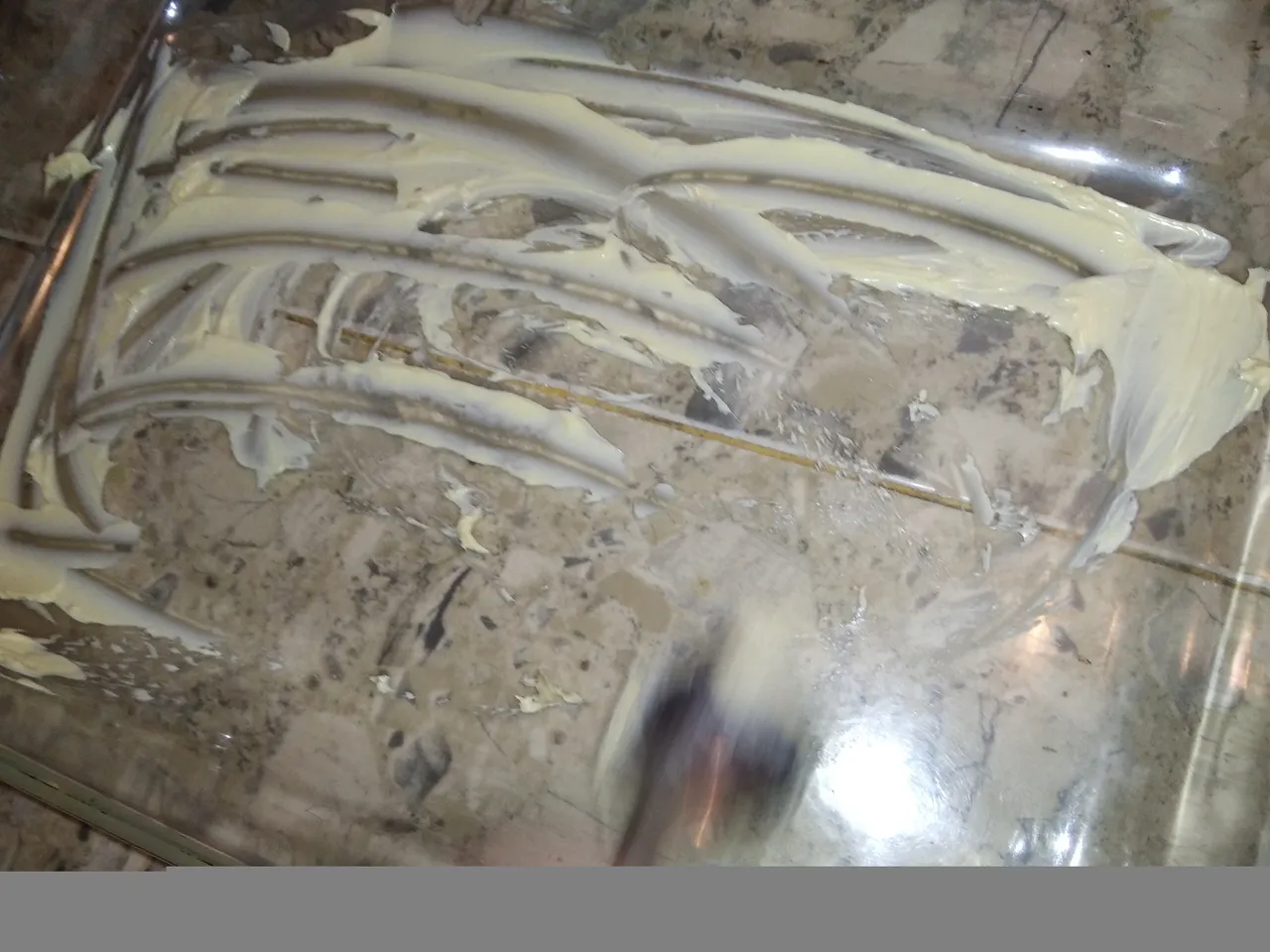
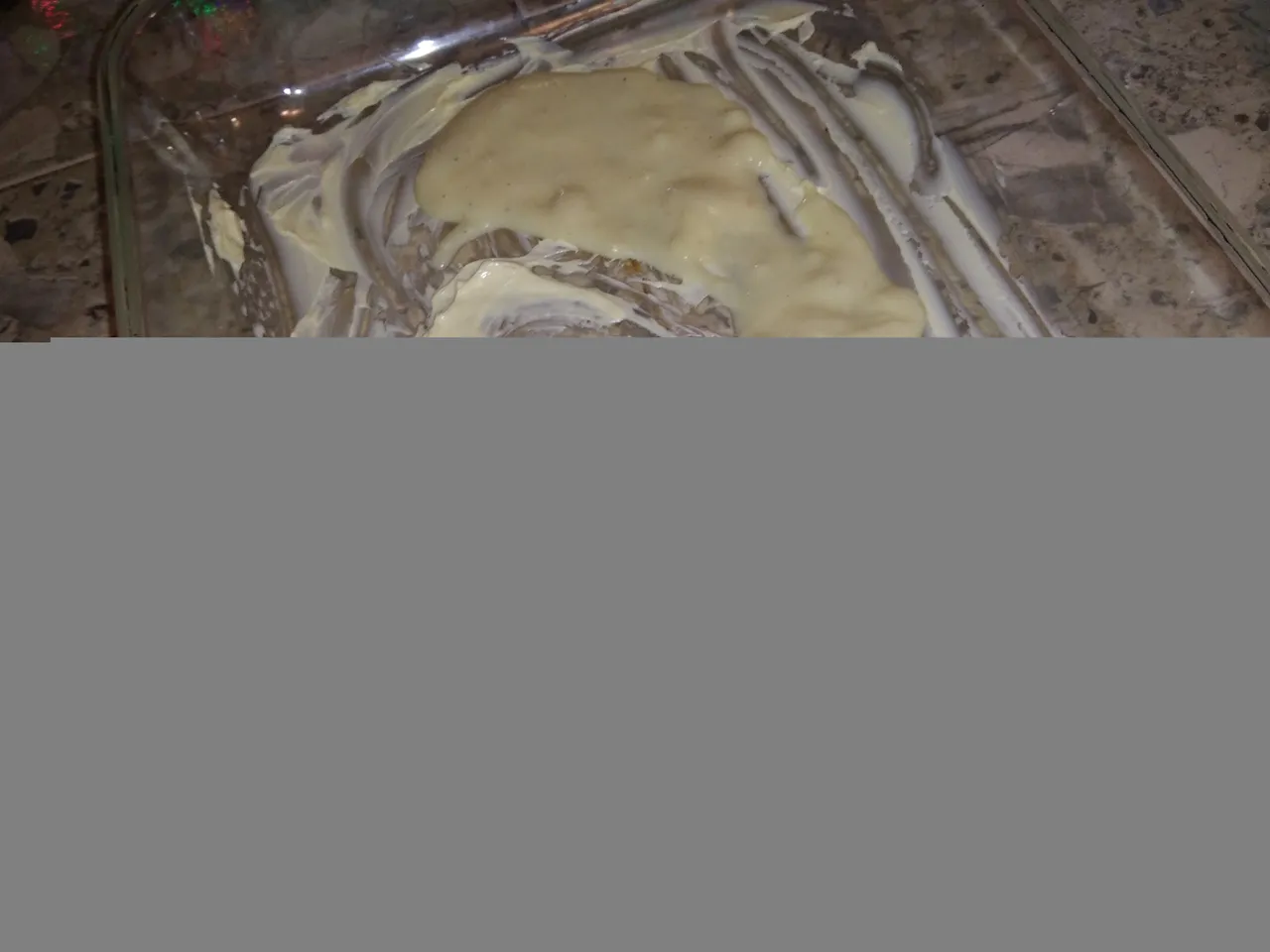

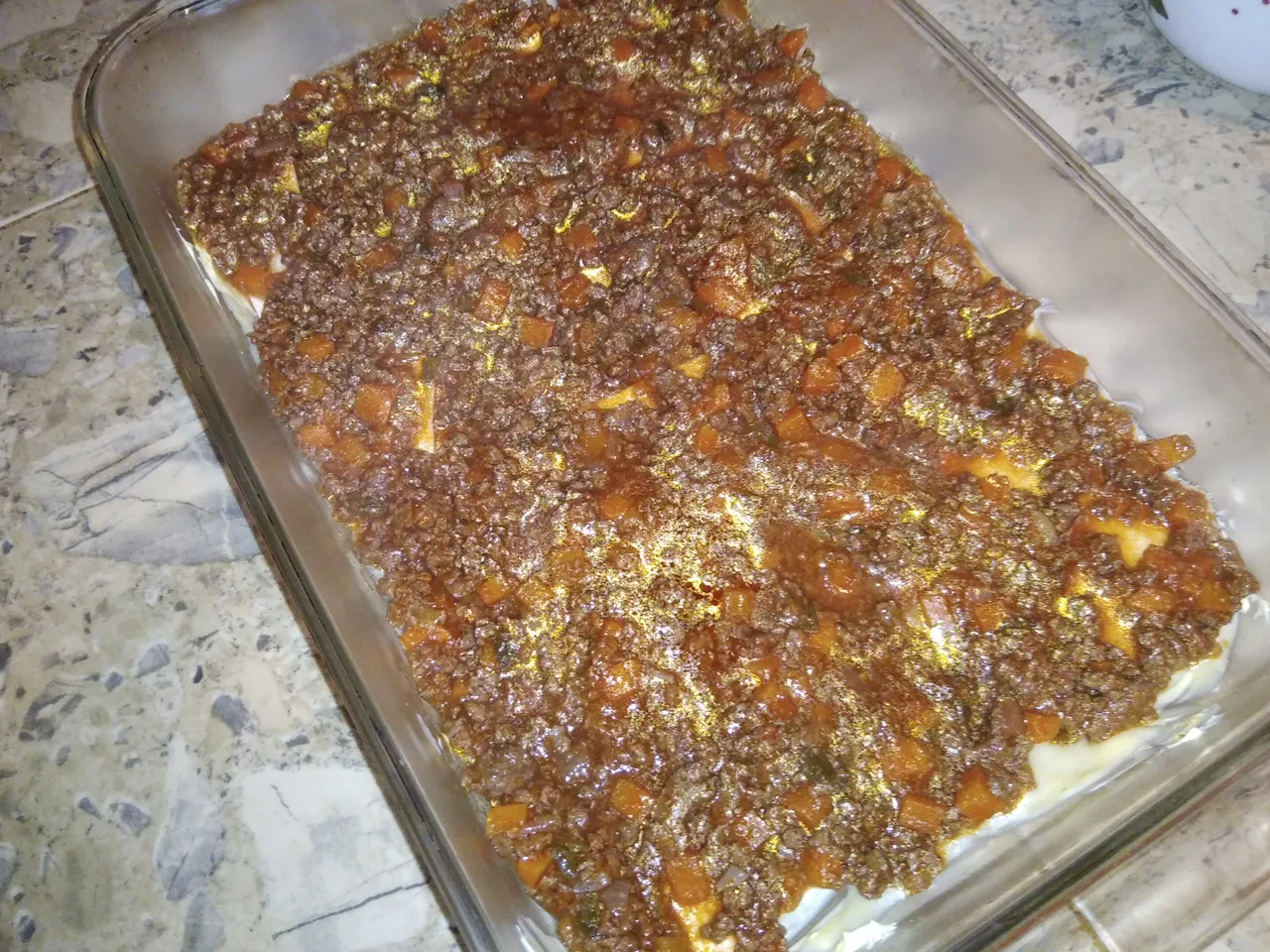
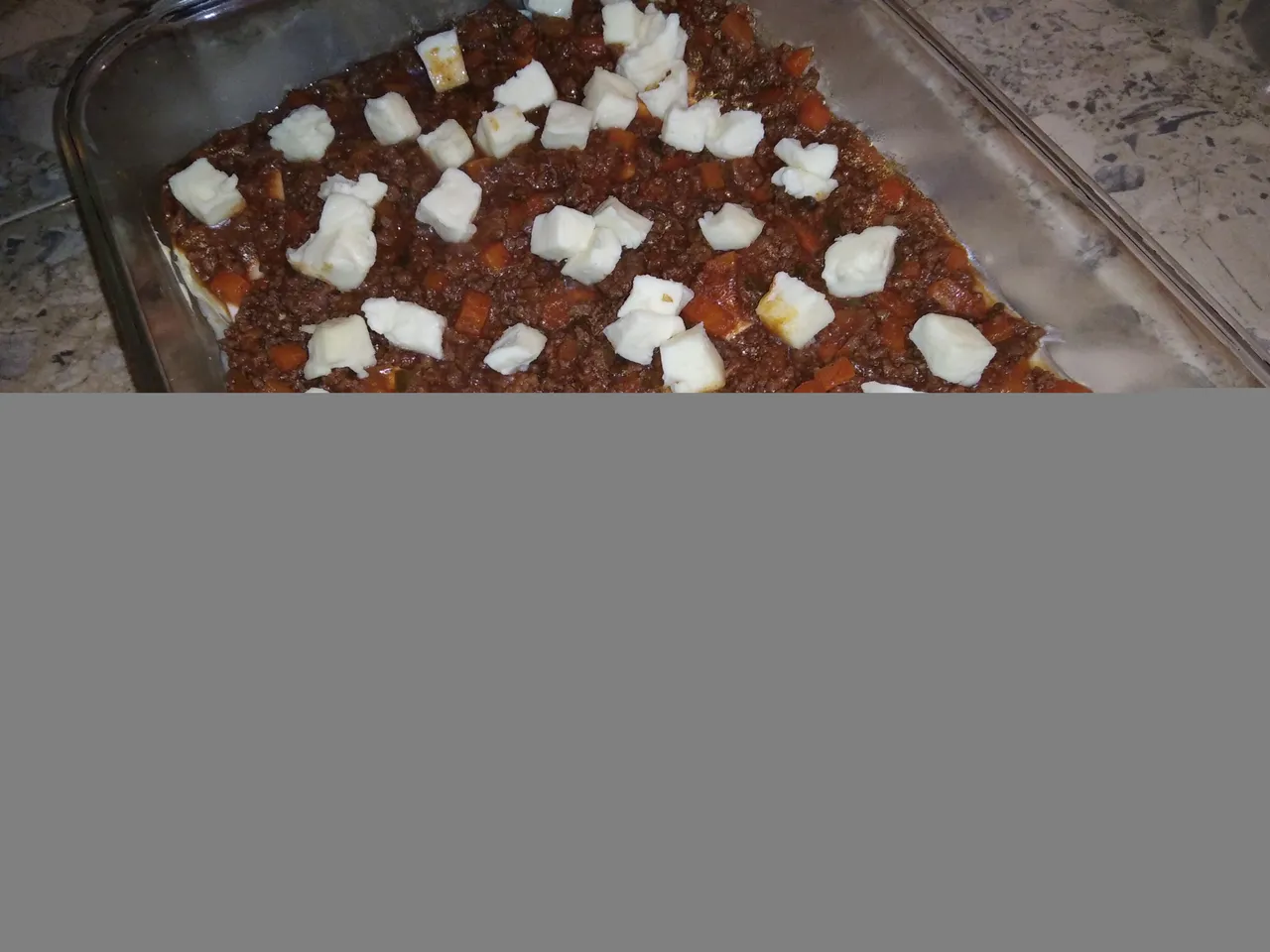
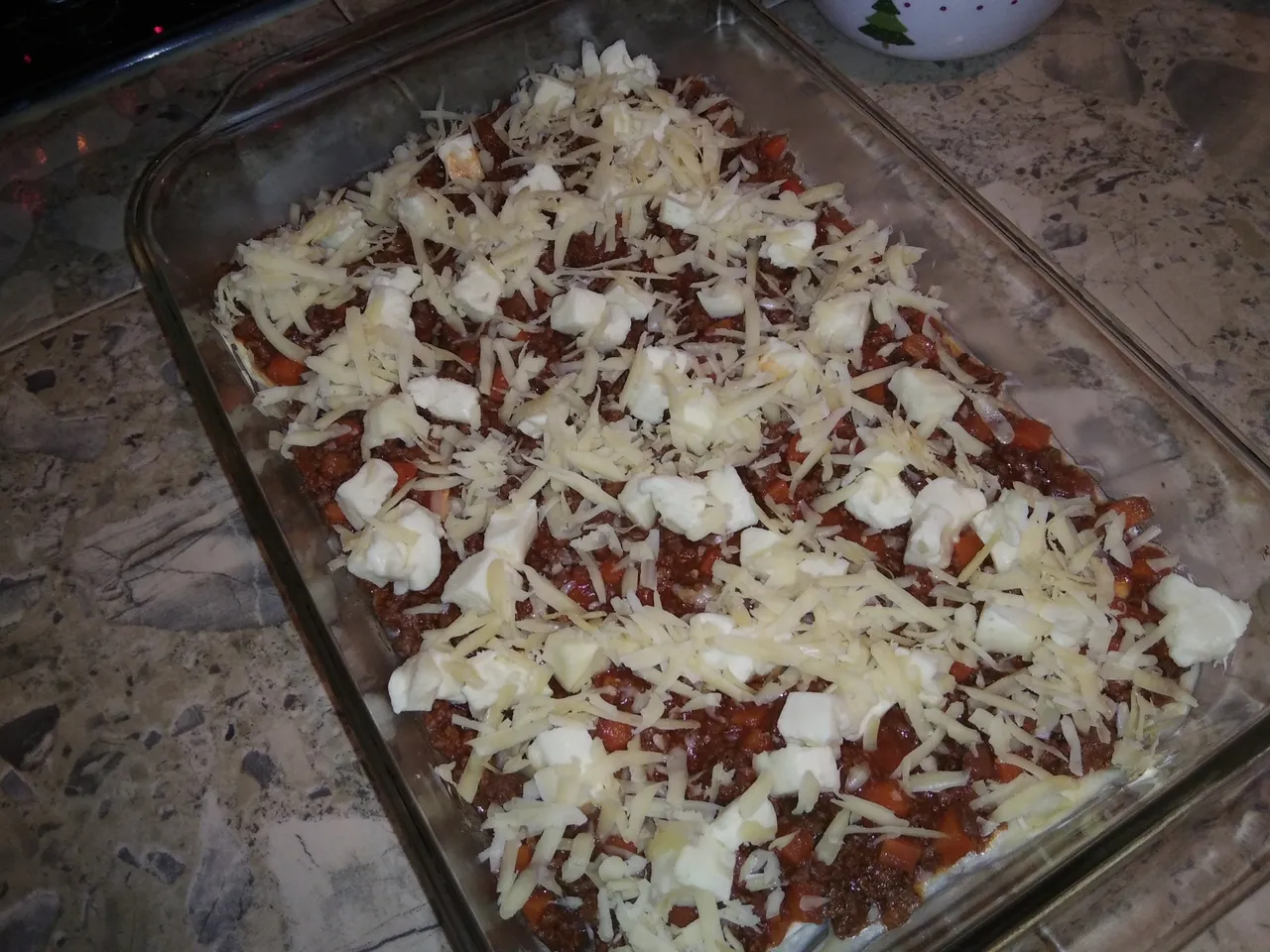

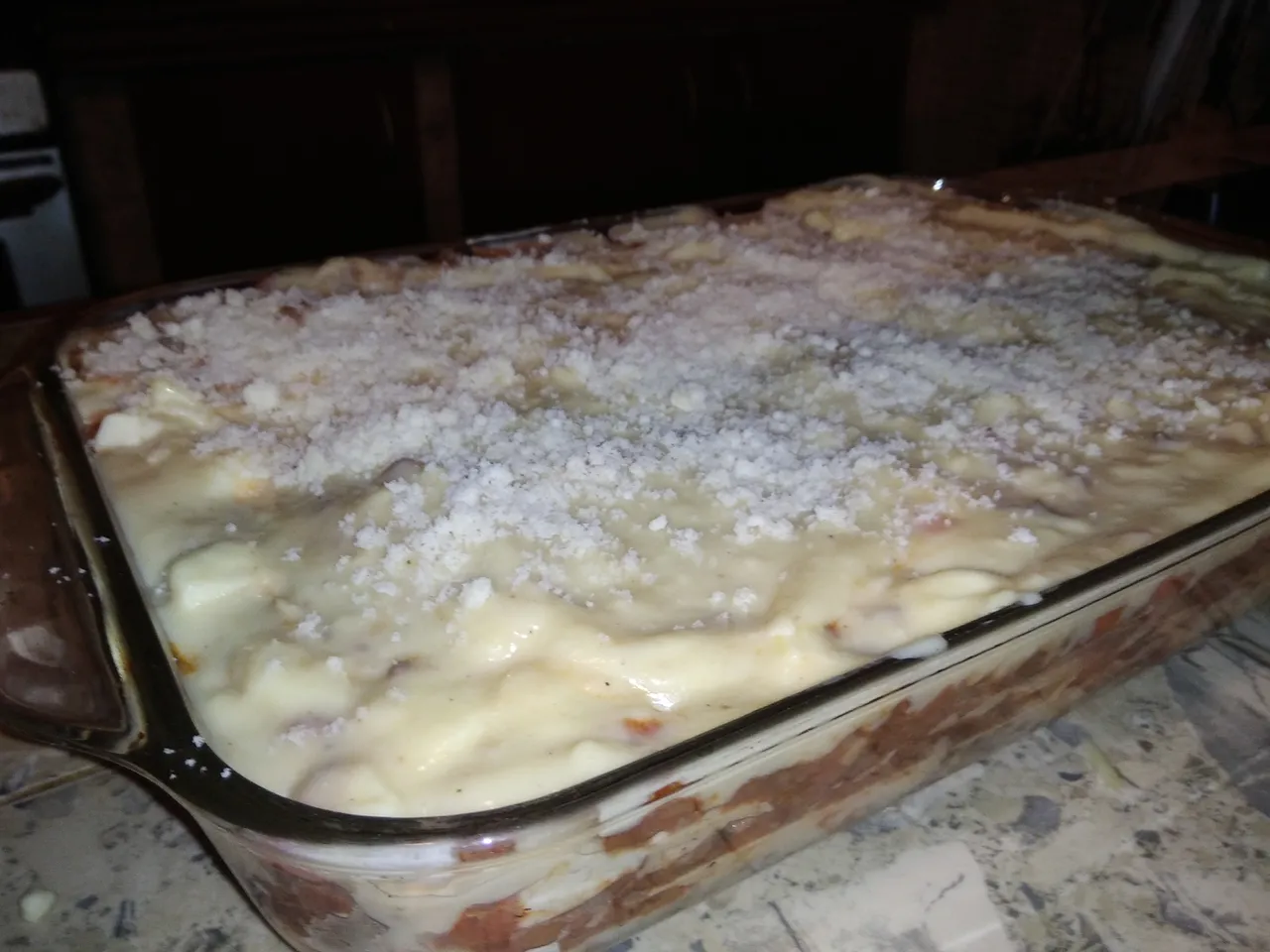
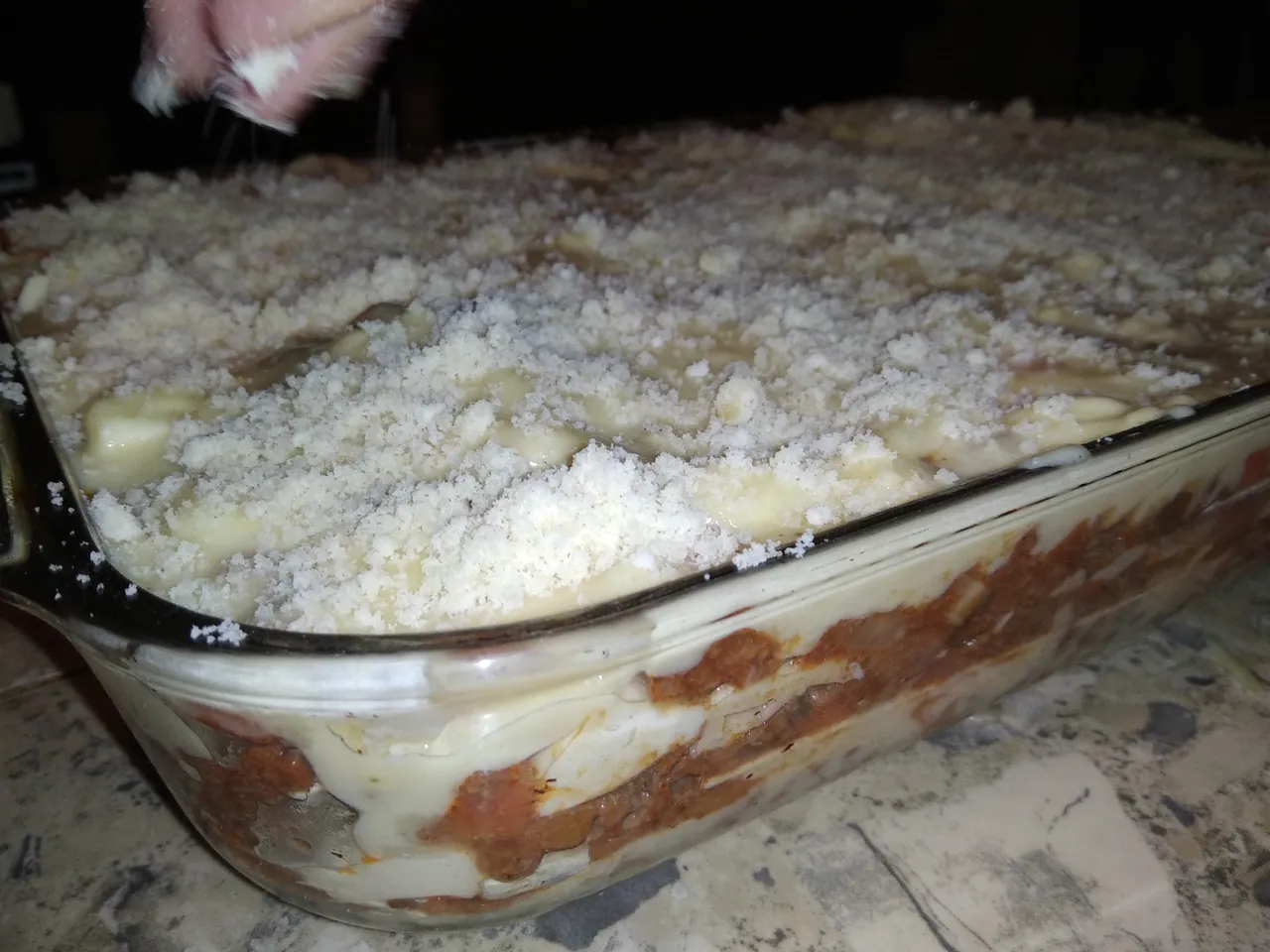
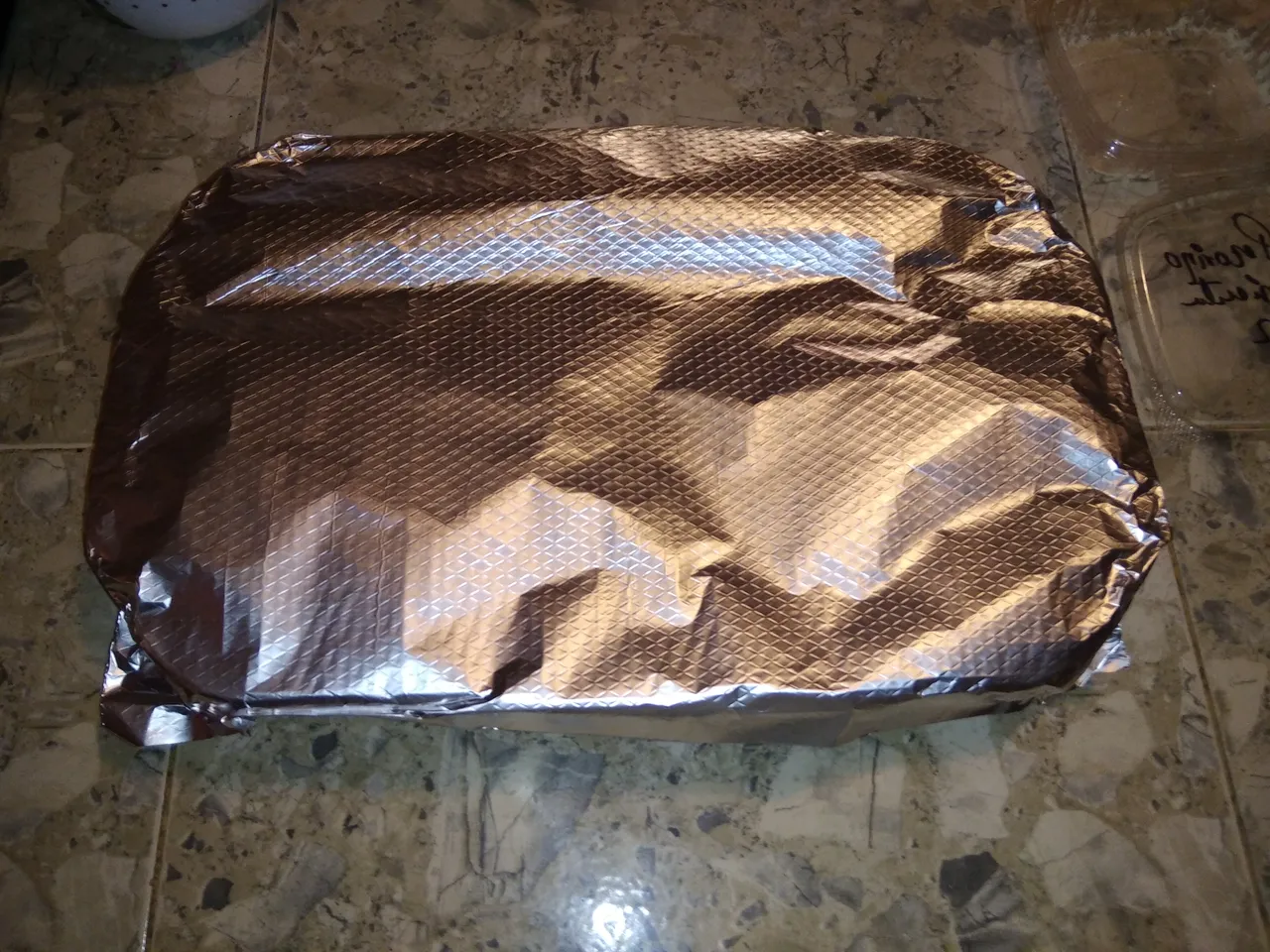



Espero que la receta les haya gustado, puedan prepararla y la disfruten, hasta la próxima.
I hope you liked the recipe, that you can prepare it and enjoy it, until next time.

Todas las fotografías fueron tomadas con un movil Redmi 8A